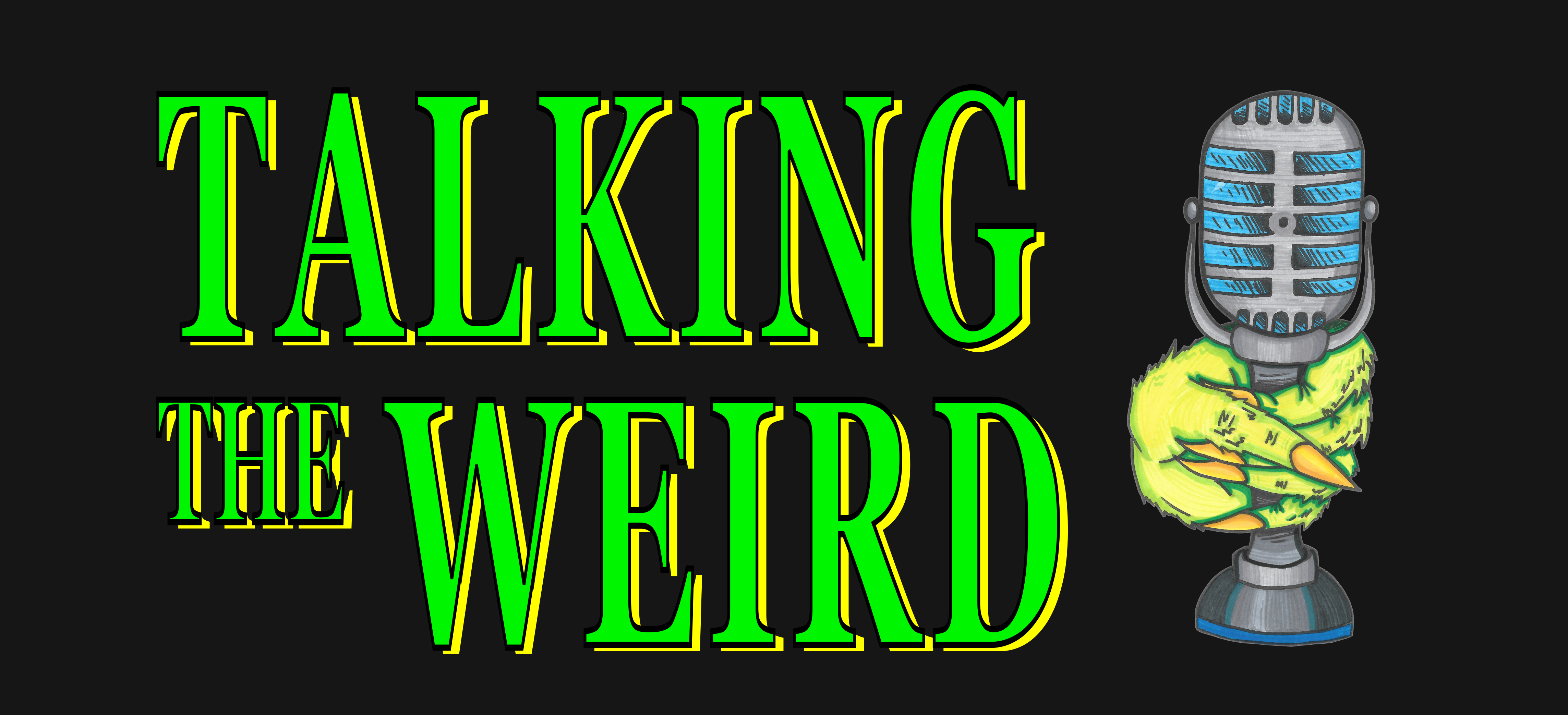
The mention of Roswell today leads some to think of tin foil hats, conspiracy theory, and pop culture lore as evidenced in alien-themed tchotchkes, liquor, fashion, and science fiction shows like Roswell, which ran on The WB Television Network from 1999-2002, and Roswell, New Mexico (2019-present), which is currently showing on The CW Television Network and has been picked up for a third season. The History Channel’s historical drama – also billed as sci-fi – Project Blue Book, which ran for two seasons (2019-2020), also covers the Roswell, New Mexico crash in 1947 with a retelling of happenings that are very loosely based on actual events. Witness to Roswell: Unmasking The Government’s Biggest Cover-Up (2009) by authors Thomas J. Carey and Donald R. Schmitt challenges the folklore of Roswell by offering what they claim is “the search for the truth” (29). Their search includes over 300 pages of 600 witnesses, primary and secondary sources, interviews, photographs, signed affidavits, deathbed confessions, and a Foreword by Dr. Edgar Mitchell, the sixth man to walk on the moon during the Apollo 14 mission. Mitchell asserts that there is, “compelling evidence that the official denial of alien presence for more than 60 years is false” (18). Of course, it’s now been 73 years.
Witness to Roswell opens with historical context for Roswell in July 1947 and in doing so, illuminates the trends and culture of a simpler time following WWII. A time when few had televisions, “Peg O’ My Heart” charted in three spots by different artists in Billboard’s Top 10 songs that first week of July, Jackie Robinson was playing for the Brooklyn Dodgers, Roy Rogers married Dale Evans and Miracle on 34th Street ranked 10 out of the Top Ten movies in 1947 (19-21). The authors also establish that the state of New Mexico was the most sensitive and highly guarded area of the country in 1947 because it was the headquarters of the 509th Bomb Group, which was the only atomic “strike force in the world at that time” (21). Although the Roswell crash dates vary in sources, team Carey and Schmitt start the Roswell crash story of events with a thunder storm on July 3, 1947.

One of the things that works so well in Witness to Roswell is the varied voices and interviews throughout the volume as Carey and Schmitt offer eyewitness accounts of what took place after what many believe was the crash of “an interplanetary vehicle of unknown origin – a crashed flying saucer,” one that included alien bodies (21). Readers learn of the ranch foreman, Mack Brazel, who started the events rolling that became known as the “Roswell Incident” when he discovered the debris field on the Foster Ranch. Brazel brought samples of the crash wreckage into Sheriff George Wilcox’s office. Wilcox put Brazel on the phone with Frank Joyce from KGFL, the local radio station. In his interview with Joyce, Brazel stated that the bodies he saw were “not monkeys, and THEY’RE NOT HUMAN” (56). Carey and Schmitt detail that Brazel was detained by the U.S. Army Air Forces for four or five days against his will after he reported what he’d discovered. The rancher’s captivity was insured by extreme security measures that included armed guards and Military Police. These guards were also posted at what later became known as not one but three crash sites (41). Witness to Roswell includes testimony by several firsthand military and civilian witnesses who “testified about separate locations, including a debris field, body site, and final impact site” (42). These witnesses also gave sworn testimony that “bodies [were] recovered from the crash” (42).

Despite the military being held in high esteem after WWII, the authors describe the U.S. Government’s changing version of events regarding what crashed in the New Mexico desert in early July 1947. To date, officials have offered five different accounts of what happened, including the Air Force’s statement in 2005 to ABC’s Peter Jennings that it “never happened” and “there are no credible witnesses.” This in spite that when the Jennings UFO special aired, many firsthand witnesses had already gone on the record that dispute the Air Force’s fifth explanation of events in July 1947.
Witness to Roswell offers and expansive presentation of government secrecy, coverups and misconduct, a large witness pool and historical context. Among the well-known witnesses in the book is Air Intelligence Officer Jesse A. Marcel. He was among the first to retrieve the crash debris and waited 31 years to break his silence in 1978. According to Marcel, what crashed in the New Mexico desert in July 1947 “was nothing made of this Earth” (86). Many credit Marcel with fanning the flames of conspiracy. Other confessions featured in the book include deathbed confessions. Most striking is the one by First Lieutenant Walter G. Haut (pp. 251-254), who left a sealed statement to be opened open his death. Haut’s story matches Marcel’s and so many others.

Carey and Schmitt have put together a historical jigsaw puzzle comprised of witness statements, photos, and documents. Each is important in gaining a full understanding of the events that transpired in Roswell, New Mexico in 1947. Something crashed in the New Mexico desert. Thanks to the 600 witnesses either directly or indirectly associated with the “Roswell Incident,” the possibility that it may have been an extraterrestrial crash should not be dismissed.
- Kelly L. Goodridge
